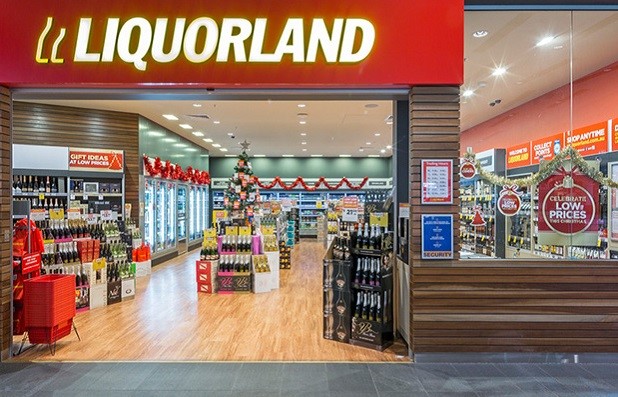By James Wells
The Coles liquor business has delivered its sixth consecutive quarter of growth, following results released by Wesfarmers yesterday.
The sixth consecutive quarter of comparable growth was achieved after adjusting for Easter sales which did not fall within the three month period ending 31 March in 2017, but did in 2016.
In announcing the results yesterday, Wesfarmers managing director, Richard Goyder, said: “in liquor, pleasing progress has been made as the transformation of the business continues to execute its turnaround strategy in line with expectations”.
Coles managing director John Durkan said: “The liquor business continued to execute on its turnaround strategy in line with expectations. Liquor continues to see growth in both headline sales and transactions, but there still remains much opportunity for improvement as we progress our customer-led strategy”.
Earlier this year, Durkan – said he was “cautiously optimistic” about the growth within the liquor division of the business.
During the quarter ending 31 March, the liquor division improved its store network by opening nine new stores and closing two stores – resulting in a total of 879 liquor stores and 89 hotels.
While the strong growth from Bunnings was the major talking point from the group with growth of 7.7 per cent, the Coles Food and Liquor division grew by 1.2 per cent to $7.61 billion, up from $7.51 billion in the comparable quarter a year earlier.
The impact of the ongoing sales war with Woolworths was evident with the performance of the Coles food and liquor businesses on a like-for-like basis improving by just 0.3 per cent over the quarter to 31 March.
After adjusting for the later than usual timing for Easter, the Coles food and liquor businesses on a like-for-like basis grew by 0.7 per cent which was lower than analysts’ forecasts, when compared to previous quarters – 0.9 per cent like for like growth in the quarter ending 31 December, 1.8 per cent like for like growth in the quarter ending September 30 and 4.9 per cent like for like growth in the comparable quarter a year ago.

